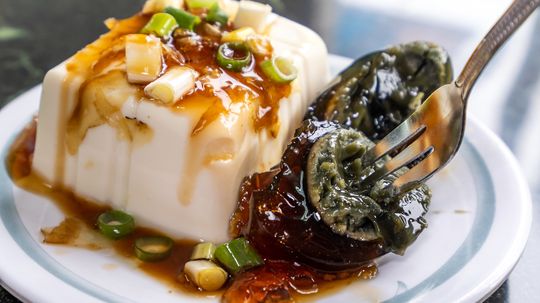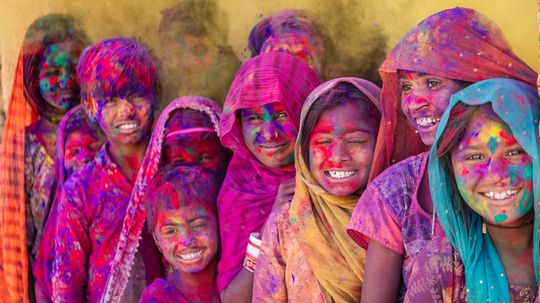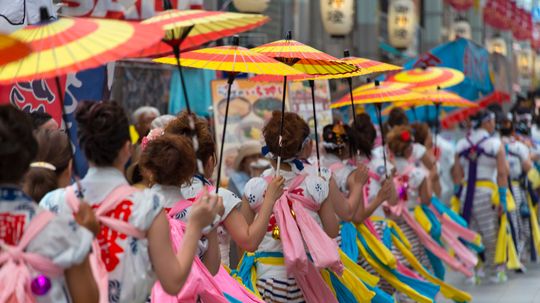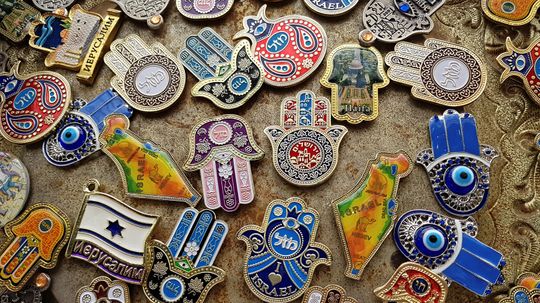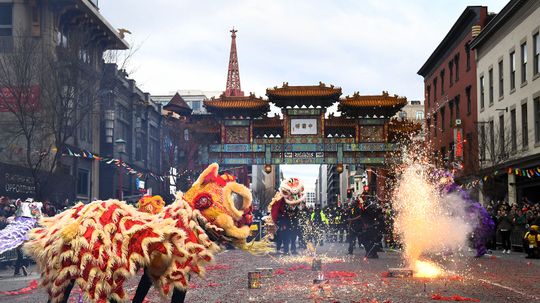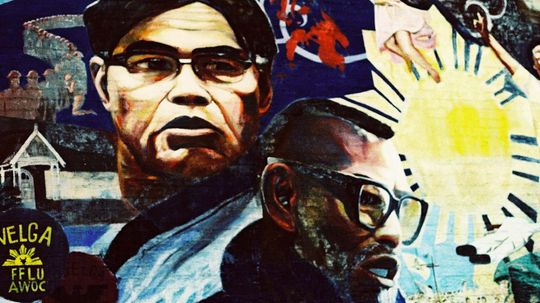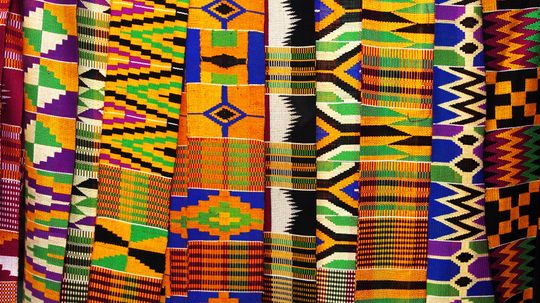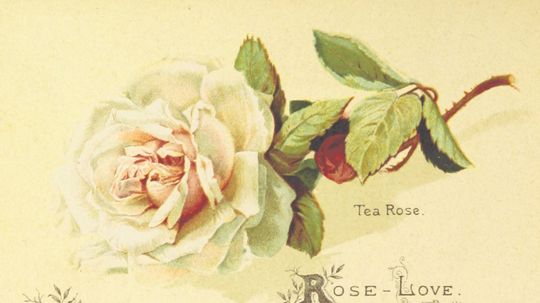Cultural Traditions
Cultural traditions include events, rituals and customs that a society shares. Read about the wide variety of cultural traditions in these articles.

Inside LA's Forest Lawn, Where the Biggest Celebrities Rest in Peace

Is Human Composting the Greenest Burial Option?

What's With Germany's Strict Burial Regulations?
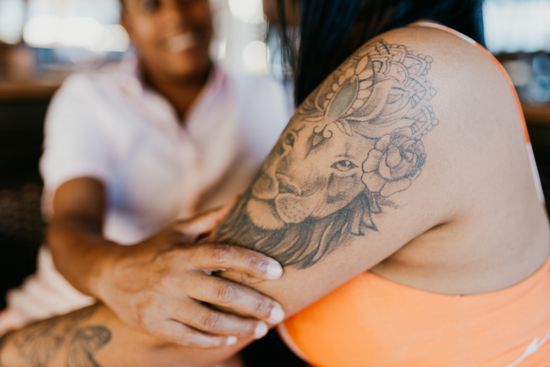
Unleashing Majestic Power: Exploring the Symbolism of Lion Tattoos

Unveiling the Profound Symbolism of Spider Tattoos
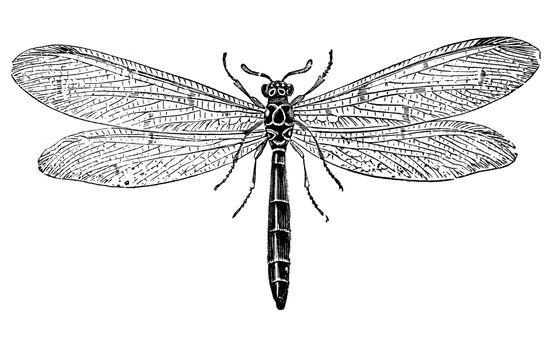
Unraveling the Symbolic Tapestry of Dragonfly Tattoos: Meanings, Designs, and Transformative Power

12 Weird Words That Don't Always Mean What They Used To

5 Types of Communication You Didn't Know You're Using

The Most Common Words in English Aren't Nouns or Verbs

Why Do Kids Say '6 7'? What Does '6 7' Actually Mean?
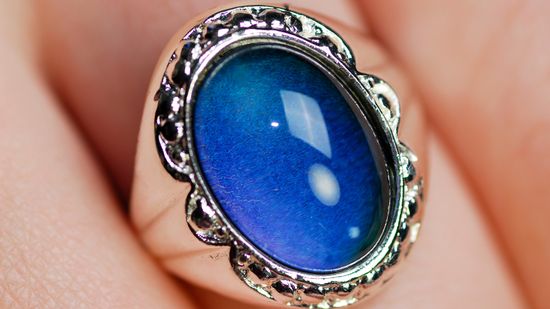
What's the Science Behind Mood Rings?
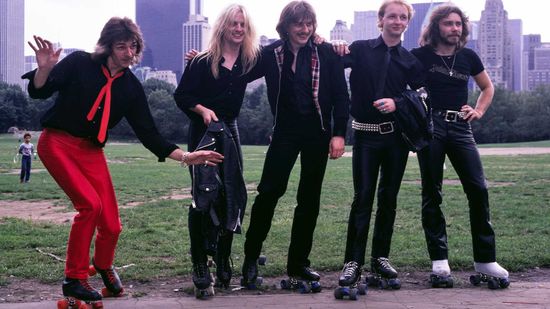
10 Things We Love to Hate About the '70s and '80s

5 Family Traditions for New Babies

5 Family Anniversary Traditions

5 Family Traditions for Daughters
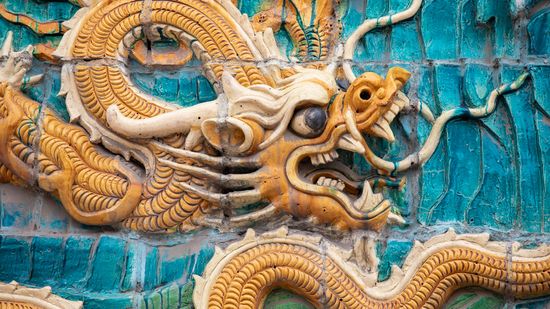
13 Types of Dragons Humans Have Dreamt Up Over Millennia
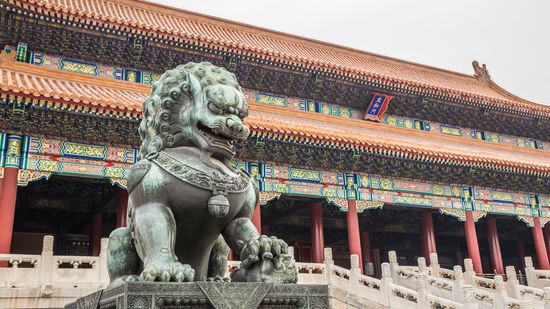
Foo Dog: A Mythical Mix of Lion and Chow Chow

Are Black Magic Spells Powerful? The Truth Behind Their Strength

20 Old Money Last Names That Scream Aristocracy

20 Most Common Surnames in the U.S. (and What They Mean)

What Are the Most and Least Popular Birthdays in the U.S.?

90s Slang You Don't See Anywhere but TikTok Anymore

7 Gen Z Characteristics to Help You Understand Zoomers

10 Millennial Characteristics to Decode a Generation

How Many Sentences Are in a Paragraph, Really?

All About Adjectives: Examples, Types and Uses

Simile Examples in Literature and Everyday Language
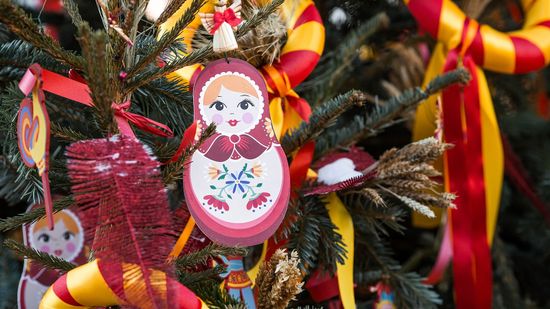
Russian Christmas Traditions: Jan. 7, Nativity Fast (Not Feast!) and More

Origins of Santa Claus: A Turkish Saint and American Poetry

The Origins of Christmas and a Roman Sun God's Birthday
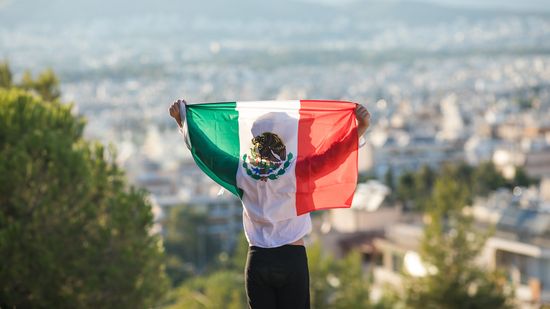
Mexico's Flag Represents Ancient History and Everlasting Hope

5 Black-Red-Yellow Flag Designs Around the World

Which Blue and White Flag Is That? 9 Possibilities

How to Tell If She’s Cheating: Common Clues and Behaviors

Signs She’s Not in Love with You – She’s Just Playing Along

7 Signs He Likes You More Than Just a Friend

Why Do We Say 'Amen'?

The Origins of Yoga: Spirituality, Meditation, and Wholeness
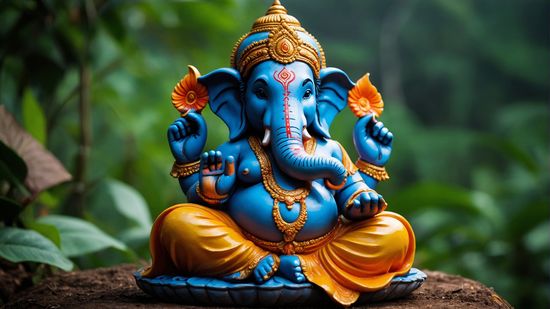
Origins of Hinduism and a Constantly Evolving Religion

5 Most Bike-friendly Cities in the U.S.

The Zizians: A Strange and Dangerous Techno-Cult

How Synanon Went From Rehab Philosophy to Violent Cult

Quiz: Finish That Jingle!

How One Woman Unexpectedly Became the Voice of Siri

There's a Healthier Way to Consume Your Media
Learn More
Food is a window into culture, but sometimes it can raise eyebrows before it reaches your mouth.
India is home to thousands of traditions, but a few events shine brighter than the rest.
If you've ever been curious about how the Land of the Rising Sun celebrates the changing seasons, cultural heritage and community spirit, look no further than Japanese festivals.
Advertisement
Is sound bowl healing real? Discover its benefits, science, and how vibrational frequencies promote relaxation, chakra balancing, and inner peace.
By HowStuffWorks
Have you ever noticed the intricate, interlacing patterns adorning ancient manuscripts, stonework or modern jewelry and wondered about their origin? These are different versions of the Celtic knot, a quintessential element of artistic expression that traces back to the ancient Celts.
Harry Styles drank from his shoe onstage in Perth, Australia. Why in the world would he do that?
By Liz Giuffre
The Ethiopian calendar is seven years behind the Gregorian calendar, and time is measured there on a 12-hour clock.
By Carrie Tatro
Advertisement
Of the 8 billion people now inhabiting this planet, almost 60 percent live in urban environments in some pretty densely packed cities. Here are the top 10 megacities in the world.
Pipes have a long history for Native Americans, and they're still revered and powerful. Just please don't call them peace pipes.
The Chautauqua Institution, where Salman Rushdie was attacked Aug. 12, 2022, was founded nearly 150 years ago to promote the free exchange of ideas and learning to benefit individuals and society.
In today's world of endless self-promotion, this beautiful little memorial celebrates those who gave their lives to save someone else.
By Muriel Vega
Advertisement
The hamsa, a depiction of a human hand, often with a central eye motif, is a protective symbol meant to ward off evil.
By Robert Lamb & Talon Homer
Seemingly everywhere in the barrage of photos out of Ukraine is the letter 'Z' - on tanks, T-shirts, signs and buildings. But how did it become a political symbol?
The pink and white blooms of the cherry blossom tree often herald the arrival of spring. But in Japan, the cherry blossom is also a well-loved symbol of fleeting beauty, nostalgia and loss.
By Dave Roos
Ancient Greeks and Romans used thin strips of lead to vent their frustrations or write messages to the gods.
Advertisement
There are some 50 Chinatowns in America and hundreds more in other countries. What led to their creation and will they survive into the next century?
Asian Americans continue to challenge injustice and a rising tide of hate crimes directed at them, while mainstream narratives fail to address their bravery, history and struggles.
AAPI Month commemorates two important dates in Asian American history, but it wouldn't have become a reality without the efforts of one determined woman with some Congressional backing.
Explore hypergamy, the practice of marrying someone of higher social status, its historical roots, and how modern shifts in education and gender roles have transformed this tradition.
Advertisement
Chinese philosopher Confucius tutored many young men on ethical behavior. Here are five of his quotes about personal morals and good government that we can still learn from.
By Dave Roos
Recognized by its bright colors and rows of bold, woven patterns, kente cloth is more than a piece of fabric. Each kente cloth has meaning, which is conveyed through its colors, patterns and symbols.
Floriography - the association of flowers with special virtues and sentiments - has been a practice from antiquity to the present day.
By Carrie Tatro
Today's gospel and blues music and the freedom songs of the civil rights movement all have historical roots in traditional slave spirituals, which were songs of sorrow, but also jubilation at the promise of freedom.
Advertisement
Baseball, hot dogs, mom and apple pie. Of all these iconically American things, the apple pie holds a special place in the lexicon of American symbolism, but why?
This Scandinavian lifestyle term has become very popular in the rest of Europe and the U.S. But what does it really mean and how can you incorporate it into everyday life?
